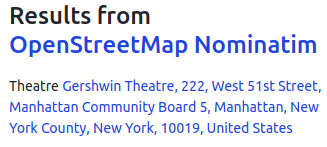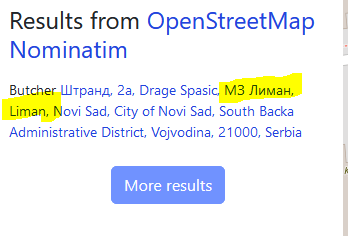Power is the wrong metric to measure. Every town in Indiana is more powerful than the township it’s in. Plenty of private landowners have more power than their local officials. As noted in the report I cited earlier, community board members and district managers are city officials.[1] Let’s stop comparing them to HOAs.
The city charter mentions “community district” 105 times and “community board” 173 times, usually in the same breath as “borough”. This is what I meant by “remit”. Here are some examples that illustrate the city–borough–community district hierarchy (emphasis mine):
Plans for the development, growth, and improvement of the city and of its boroughs and community districts may be proposed by … (5) a borough board with respect to land located within its borough, or (6) a community board with respect to land located within its community district.
conduct an annual comprehensive youth services needs assessment on a citywide, boroughwide and community district basis
The districts are defined in chapter 69. Say what you want about the boards lacking plenary authority, but on paper, they seem to matter more than a few states’ counties.
Granted, the boundaries of these districts don’t seem to be observable on the spot. However, their existence is verifiable. Aside from the map mural that I mentioned earlier, each board’s offices are prominently signposted, and here’s some street furniture that can tell you the community district you’re in:
Granted, people don’t express their location in terms of community districts or boards nearly as often as they express their location in terms of neighborhoods. It does happen, for example:
Across Eighth Avenue in community district 5, which covers most of Midtown, there are now 12 hotels housing the homeless — more than any other area in the city.
If you want to argue that the districts should be place points rather than boundaries due to the strictest possible application of the on-the-ground rule, or if you want to argue that regardless these are formalities that locals are apathetic about, then I think that would be more convincing than nitpicking over the boards’ bylaws or minutes.
Many of the admin_level=9 and 10 boundaries in the U.S. are far more questionable than the New York community districts in my opinion. I have successfully pushed for the deletion of quite a few such boundaries. We can spin off other threads about other cities if you want.
What’s a good example of a city division system that should be mapped as administrative boundaries, so we can compare the community districts against that standard?
A district manager is appointed by the community board, akin to a city council appointing a city manager. ↩︎



